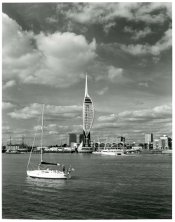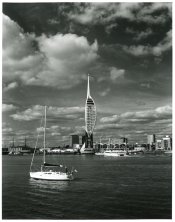I did a search under "paper grade" but i did not find the "beginners guide". One of our members posted a link that i think Might Explain it, but the link would not open.
Any of you guys have a link to an Article/Video that does a decent job of explaining Paper Grades (why there ARE different grades) as they relate to the B&W darkroom.?
I have a few books, and i will check again, but it seems like it is not discussed at a Beginner Level.
Thank You
just to give an example of my ignorance.....i do not even know If There Are single grades of RC Paper. Is it just a FB thing.?
I have only ever used Multi Contrast, RC Paper.
Any of you guys have a link to an Article/Video that does a decent job of explaining Paper Grades (why there ARE different grades) as they relate to the B&W darkroom.?
I have a few books, and i will check again, but it seems like it is not discussed at a Beginner Level.
Thank You
just to give an example of my ignorance.....i do not even know If There Are single grades of RC Paper. Is it just a FB thing.?
I have only ever used Multi Contrast, RC Paper.

Last edited:





